Picture this: you're scrolling through TikTok when suddenly your feed is flooded with the same mesmerizing video—someone calmly assembling what looks like deconstructed sushi in a bowl. Welcome to the Emily Mariko phenomenon. In 2021, a TikToker named Emily Mariko whipped up a salmon rice bowl that would become the internet's latest obsession. Her simple leftover makeover has garnered over 40 million views and spawned countless recreations, transforming how millions think about leftovers. The dish combines tender salmon chunks, creamy avocado, and that mysterious ice cube technique that has everyone talking, proving that these viral TikTok recipes absolutely deserve the hype they've gotten on social media.
What makes this salmon hack so addictive?
Let's break down why millions of people can't stop watching (and making) this deceptively simple dish. The hashtag #SalmonRice has garnered over 155 million videos recreating the bowl, questioning techniques, and obsessing over Mariko's hypnotic presence. But beyond the ASMR-like quality of her videos, there's real substance here.
The practical appeal is undeniable—you can make it from scratch in 15 minutes or less, making it perfect for busy weekdays when you need something satisfying fast. What's brilliant is how it transforms the economics of leftovers: instead of sad reheated rice and dried-out salmon, you get a restaurant-quality bowl that costs a fraction of takeout. The combination hits that sweet spot between healthy and indulgent. It's a filling dish with great flavor that feels like you're treating yourself while actually nourishing your body.
Nutritionally, it's a powerhouse. The ingredients are hearty and contain many health benefits—omega-3 fatty acids from salmon support brain function and heart health, fiber from avocado aids digestion, and fermented kimchi provides probiotics for gut health. This isn't just comfort food; it's functional nutrition disguised as indulgence.
The cultural significance runs deeper than most realize. Salmon rice bowls are nothing new. In fact, for years I have been making my own variation now and again for quick, easy, and healthy lunches! But Mariko's version elevated the concept with specific techniques and presentation that made everyday ingredients feel intentional and Instagram-worthy.
The genius ice cube technique everyone's talking about
Now, here's the kicker—that mysterious ice cube isn't just for show. The ice cube helps to steam the leftover rice so it does not dry out in the microwave, which is pure genius when you think about the science behind it. Traditional reheating methods often leave rice gummy or dried out because microwaves heat unevenly, creating hot spots that overcook some grains while leaving others cold.
The ice cube method works through controlled steam generation. Reheating the food with an ice cube under the parchment was definitely a pro move—the ice gently steamed the rice so it warmed up nicely without becoming gummy or chewy. As the ice melts, it creates just enough moisture to rehydrate dried rice grains while the parchment paper traps steam, creating a mini steam environment that heats everything evenly.
The process is surprisingly methodical: you mash your leftover salmon, pile rice on top, then place an ice cube at the top of your rice pile, then cover the whole thing with a sheet of parchment. After about two minutes in the microwave, take the parchment off and discard the ice (it doesn't completely melt), and you're left with rice that tastes freshly cooked rather than reheated.
This technique is transferable to other leftover grains—try it with quinoa, farro, or even day-old pasta. It's one of those "why didn't I think of that?" moments that makes you appreciate the collective wisdom of social media.
Building your perfect bowl: ingredients and assembly
The beauty of this recipe lies in its flexibility and the quality of its flavor layering. The foundation starts with the dish containing salmon, rice, nori (roasted seaweed), mayo, sriracha, avocado and kimchi. For the classic version, you'll need 3 to 4 oz. cooked salmon, chilled, 1 1/2 cups leftover rice, 1 Tbsp. soy sauce, 2 tsp. Kewpie mayonnaise, and 2 tsp. Sriracha.
The assembly is almost meditative, each step building complexity. First, use the back of a fork to mash up leftover cooked salmon, then add a heaping pile of leftover rice. After the ice cube reheating magic works its moisture-balancing wizardry, Emily adds soy sauce, sriracha, and Kewpie mayo on top and mixes it around.
The final flourish creates textural contrast that elevates the entire experience. She adds avocado, kimchi, and roasted seaweed to the bowl to craft the perfect bite. Each component serves a specific purpose: the kimchi adds fermented funk and crunch, the avocado provides creamy richness that balances the salt and heat, and the seaweed wraps everything into those perfect hand-held bites that make the eating experience interactive rather than passive.
The result captures the essence of Japanese-American fusion cuisine. This dish was first popularized by Emily Mariko and is a hearty bowl that's reminiscent of an unwrapped sushi roll, but with the comfort and practicality of a rice bowl that you can customize based on your pantry and preferences.
Pro tips for salmon bowl success
Want to nail this recipe on your first try? Here's what actually matters beyond the basic technique. First, don't get hung up on the ice cube—sprinkling water over all the rice ensures the whole bowl becomes fluffy and warmed through if you prefer that method. The key principle is preventing that dreaded microwave dryness that makes leftover rice taste sad and stale.
For ingredients, flexibility is your friend. Use as much salmon and rice as you plan to eat, and season to taste—this isn't a recipe that demands precision. The beauty lies in its adaptability to whatever you have on hand. Some variations on Emily's recipe add other fresh ingredients like diced cucumbers, so toss some in if you like. Shredded carrots, edamame, or pickled radish all work beautifully.
The eating technique transforms this from reheated leftovers into an interactive dining experience. Use a pair of chopsticks and a small sheet of seaweed to scrunch up some of the salmon and rice mixture like a sushi roll. This hand-roll approach creates perfect bite-sized portions with ideal ratios of all components, making each mouthful a complete flavor experience.
For troubleshooting, remember that seasoning is personal. Adjust seasonings like soy sauce, Sriracha, and mayo according to taste until it hits that perfect balance of salty, spicy, and creamy. Start conservative—you can always add more, but you can't take it back.
Why this trend actually deserves the hype
Look, we've all seen viral food trends come and go faster than you can say "whipped coffee." But this one's different, and it's not just because of algorithmic luck. This salmon rice dish has created a viral thunderstorm on TikTok, and unlike many internet food fads, it's built on solid fundamentals that solve real problems.
The dish addresses genuine pain points in daily meal planning. The dish itself is quite simple and a very clever way to use up leftovers, but more than that, it demonstrates how to make leftovers feel intentional rather than like sad reheated afterthoughts. Food waste costs the average American household over $1,500 annually, making techniques like this economically significant beyond their convenience factor.
Sure, there is discourse about this dish; some say it's earth-shattering and amazing, others say it's nothing new. But here's the reality check: this dish is easy and tasty regardless of the comment section. The proof isn't in the hype—it's in how satisfying the bowl actually is when you make it yourself, and how the technique transfers to countless other ingredient combinations.
What makes this trend particularly compelling is its organic authenticity. Her salmon rice lunch was not intended to attract the attention it has received, which gives it a genuineness that manufactured viral content lacks. Mariko was simply sharing her actual lunch routine, not trying to create the next big thing. This authenticity resonates because it represents real home cooking rather than performance cooking, making viewers feel like they're learning from a friend rather than being sold to by an influencer.
The broader cultural impact extends beyond the recipe itself. The trend has sparked conversations about Asian-American identity, fusion cuisine, and how social media can elevate everyday cultural practices that might otherwise remain invisible to mainstream audiences.
The bottom line? Sometimes the internet gets it right. This viral salmon rice hack isn't just another fleeting trend—it's a genuinely useful technique that solves real kitchen problems while delivering on flavor and nutrition. Whether you're a TikTok skeptic or a devoted follower, this recipe proves that good ideas can come from anywhere, even your For You page. In a world of overly complicated cooking content, there's something refreshing about a simple bowl that just works.




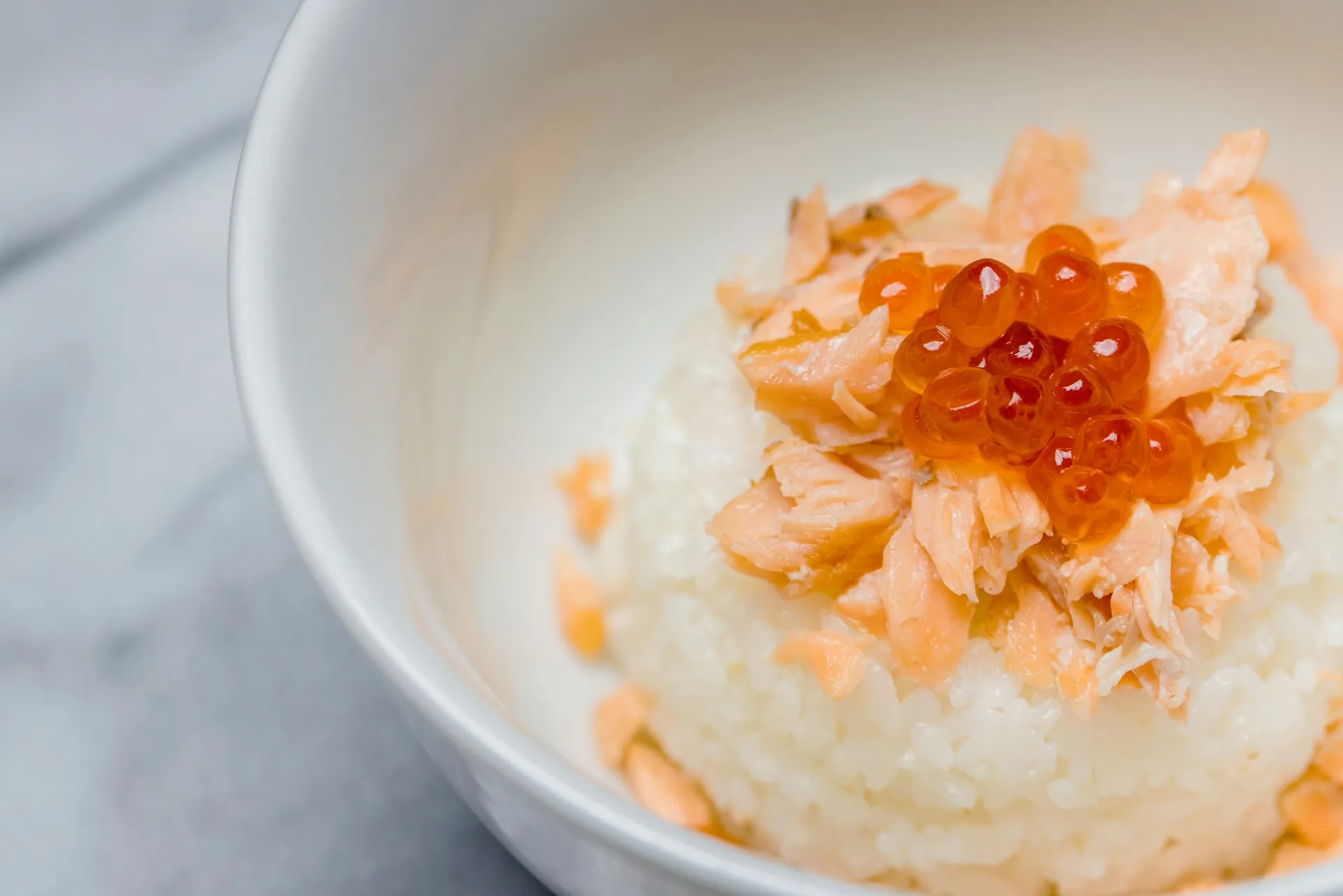


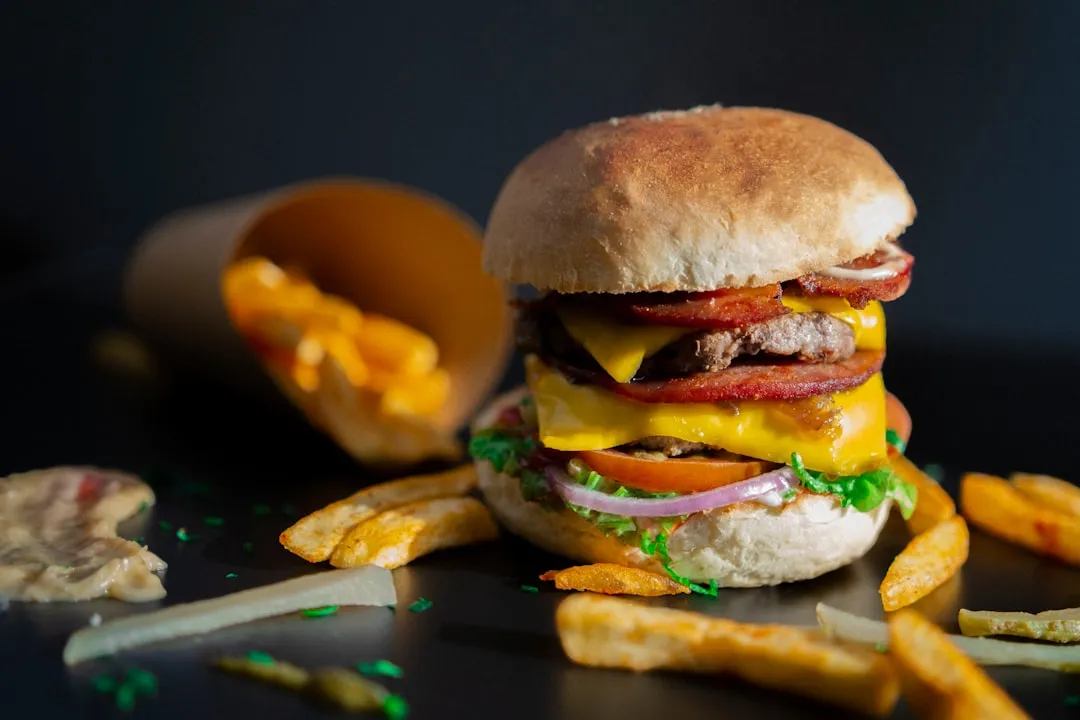



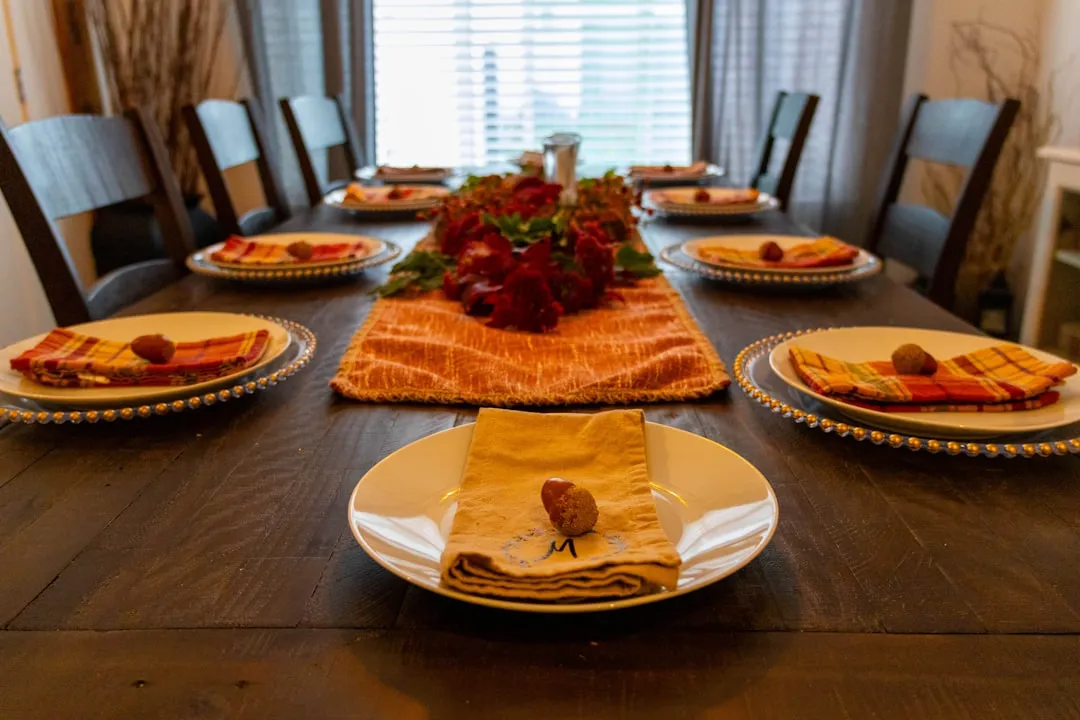




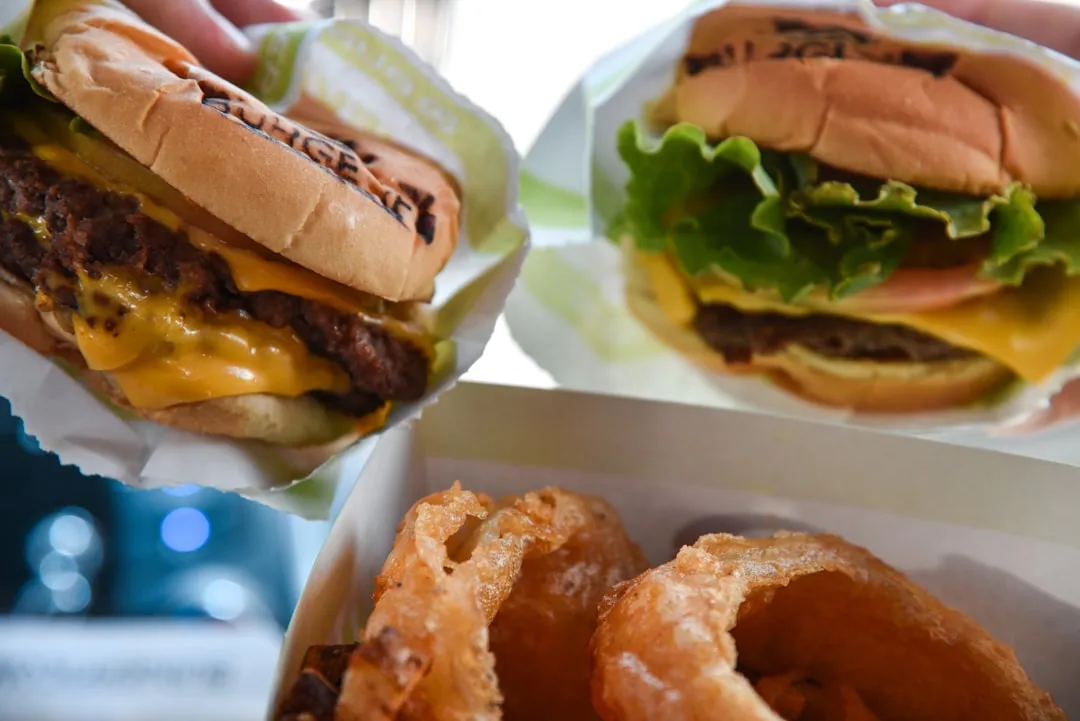
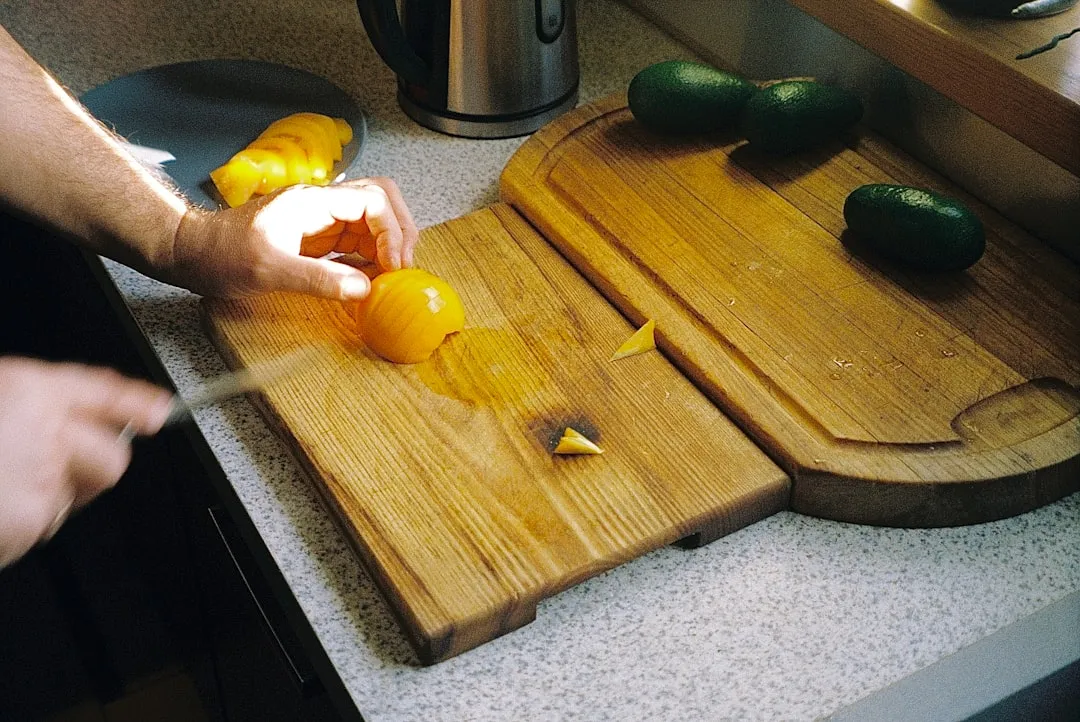

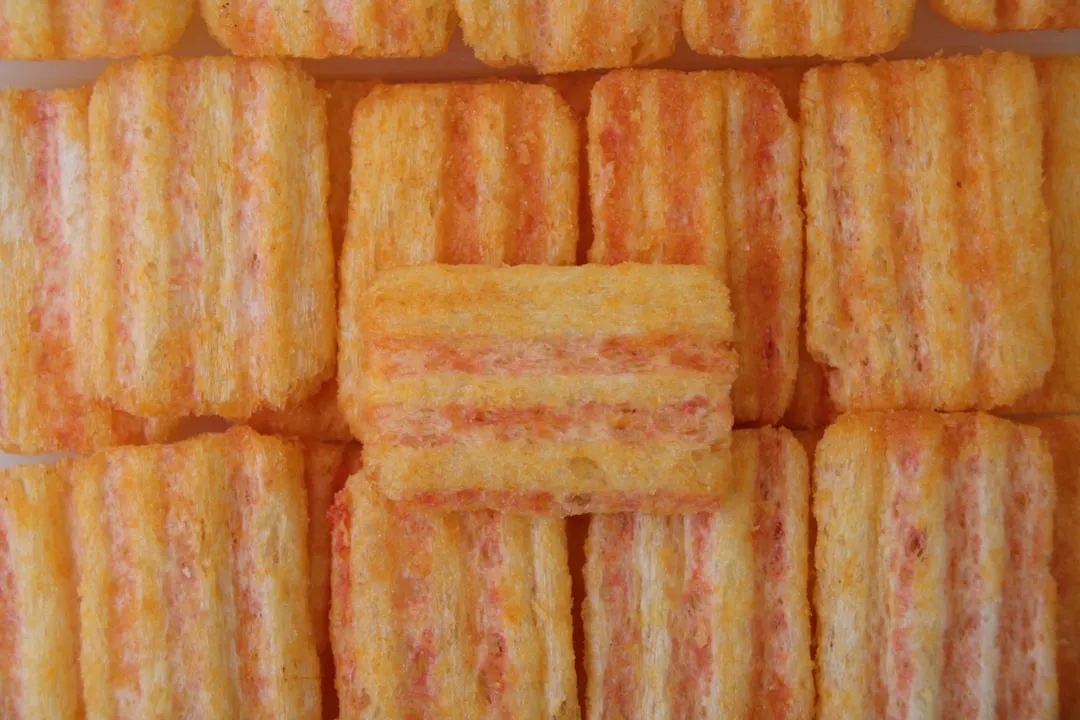
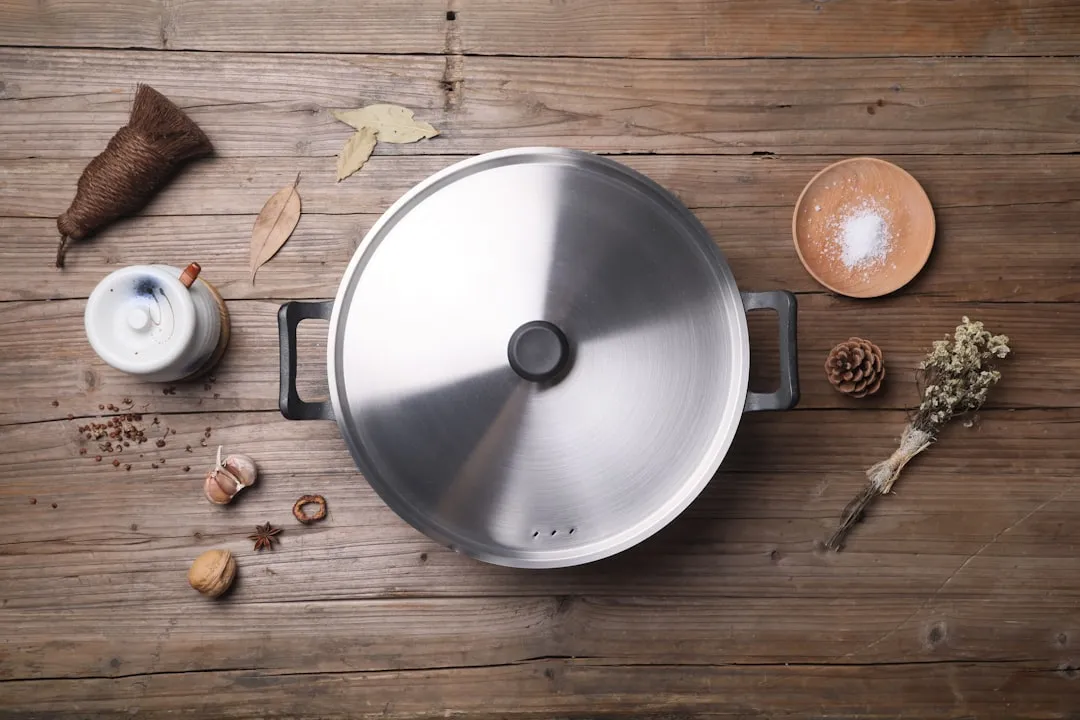


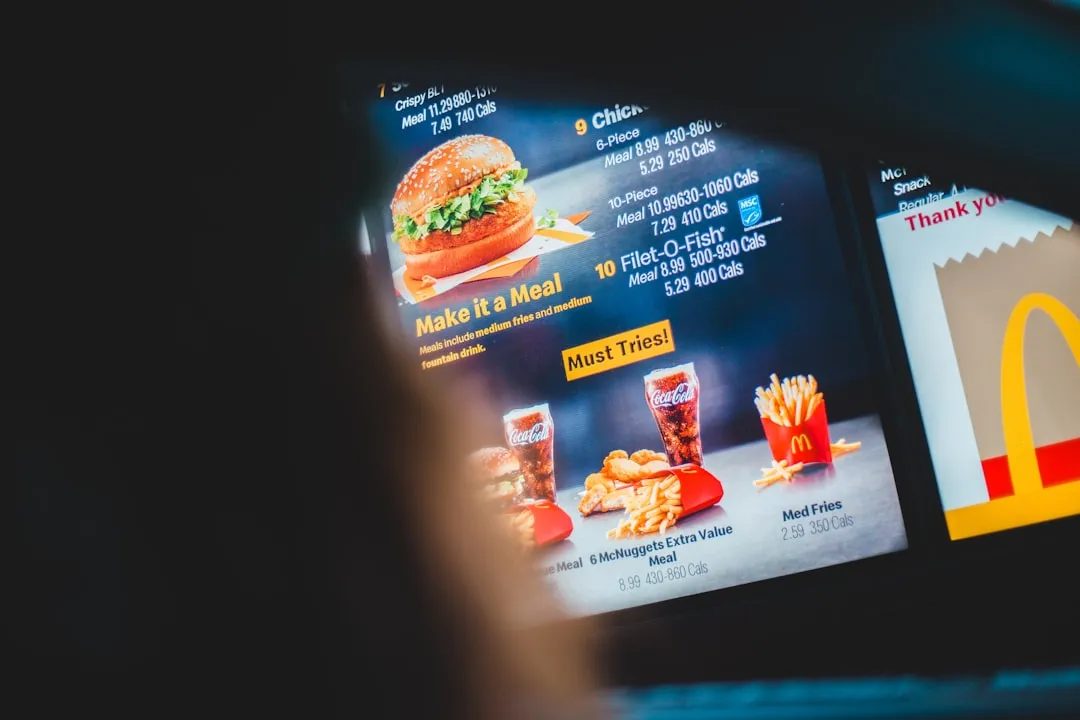
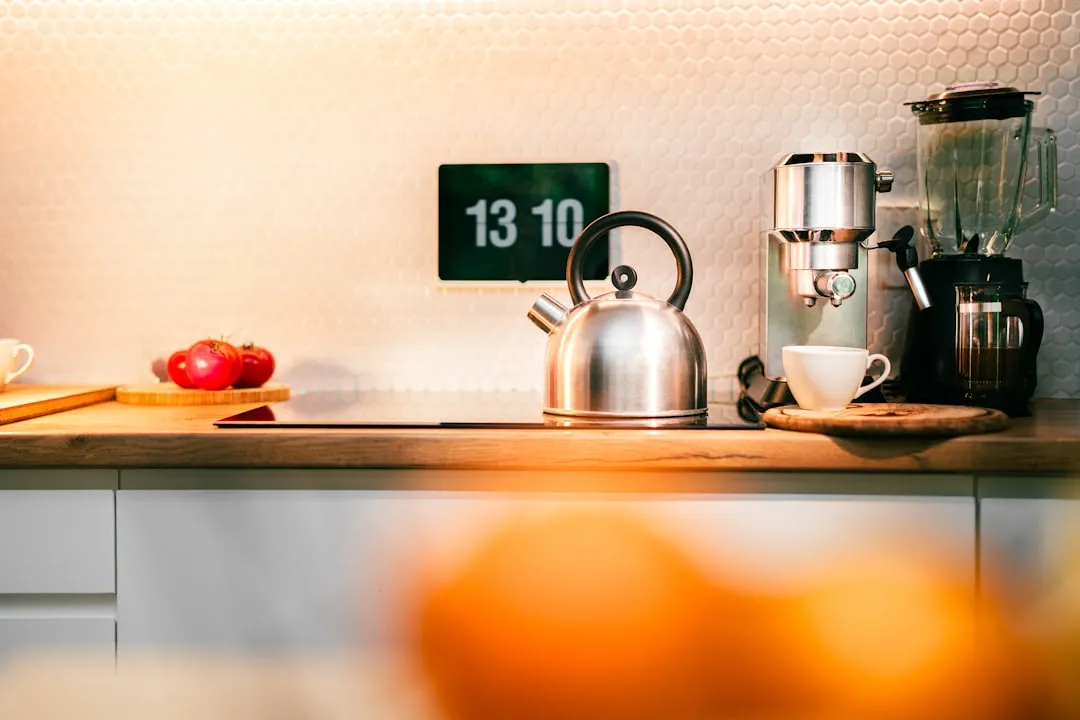
Comments
Be the first, drop a comment!